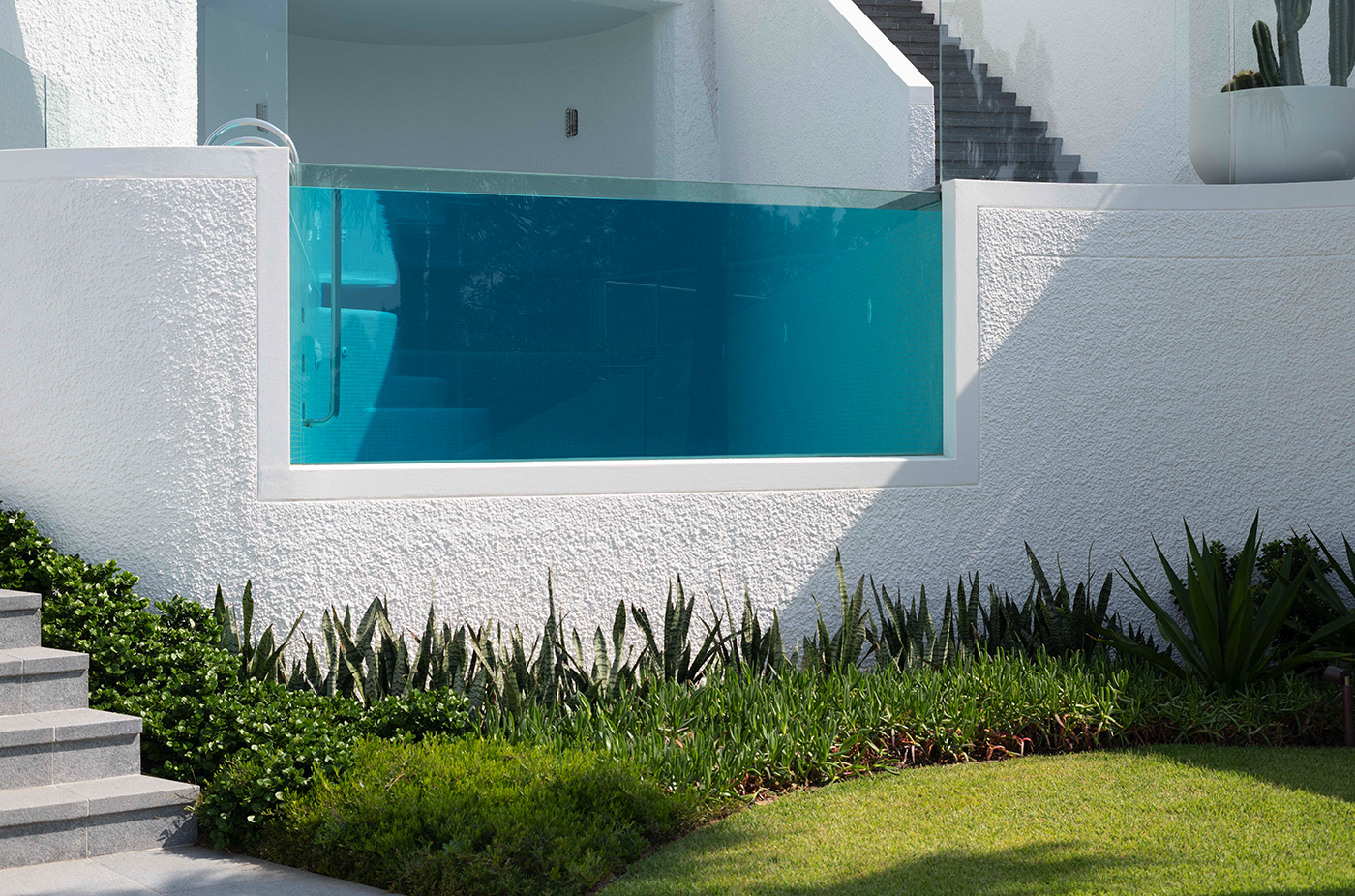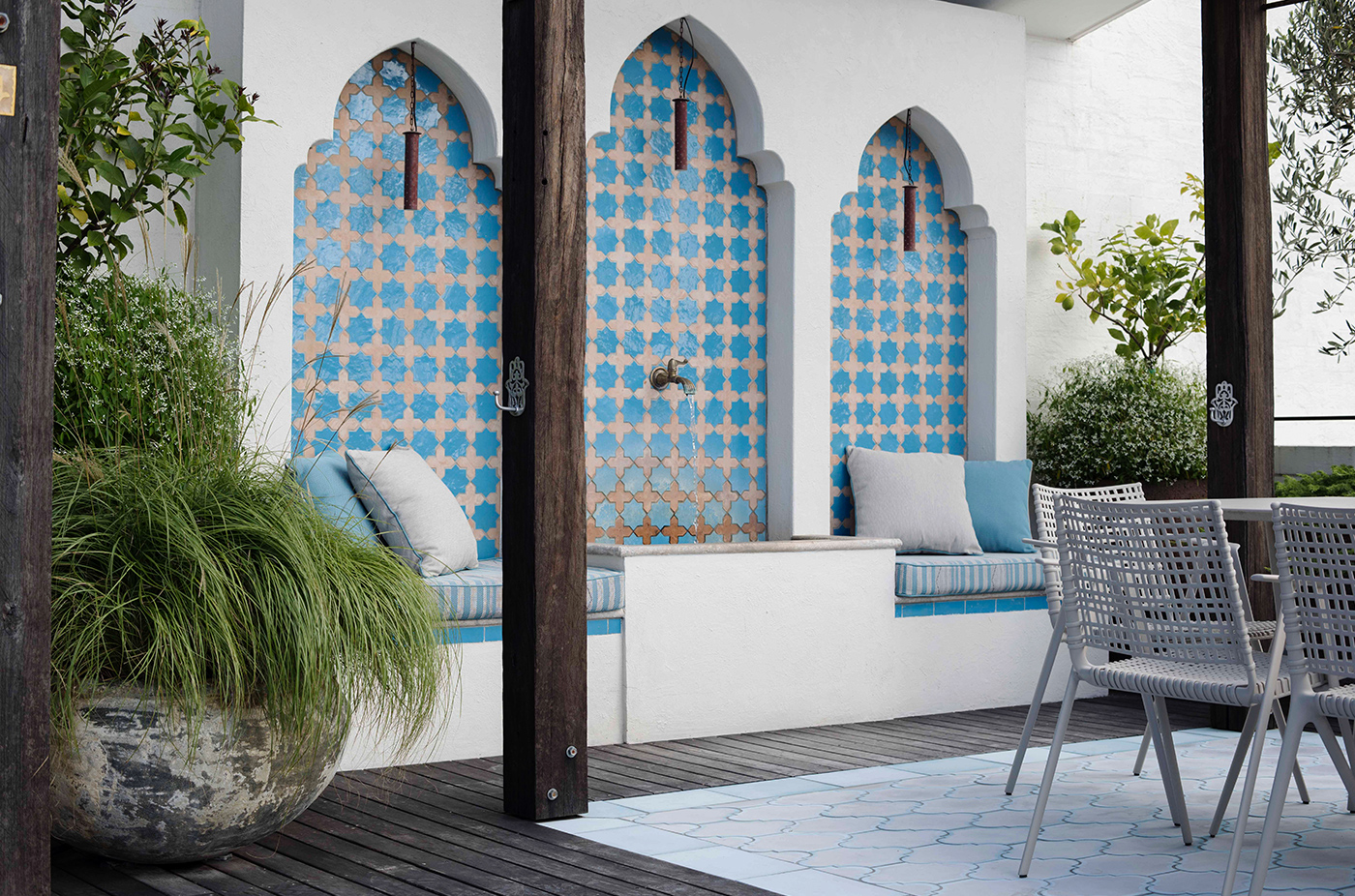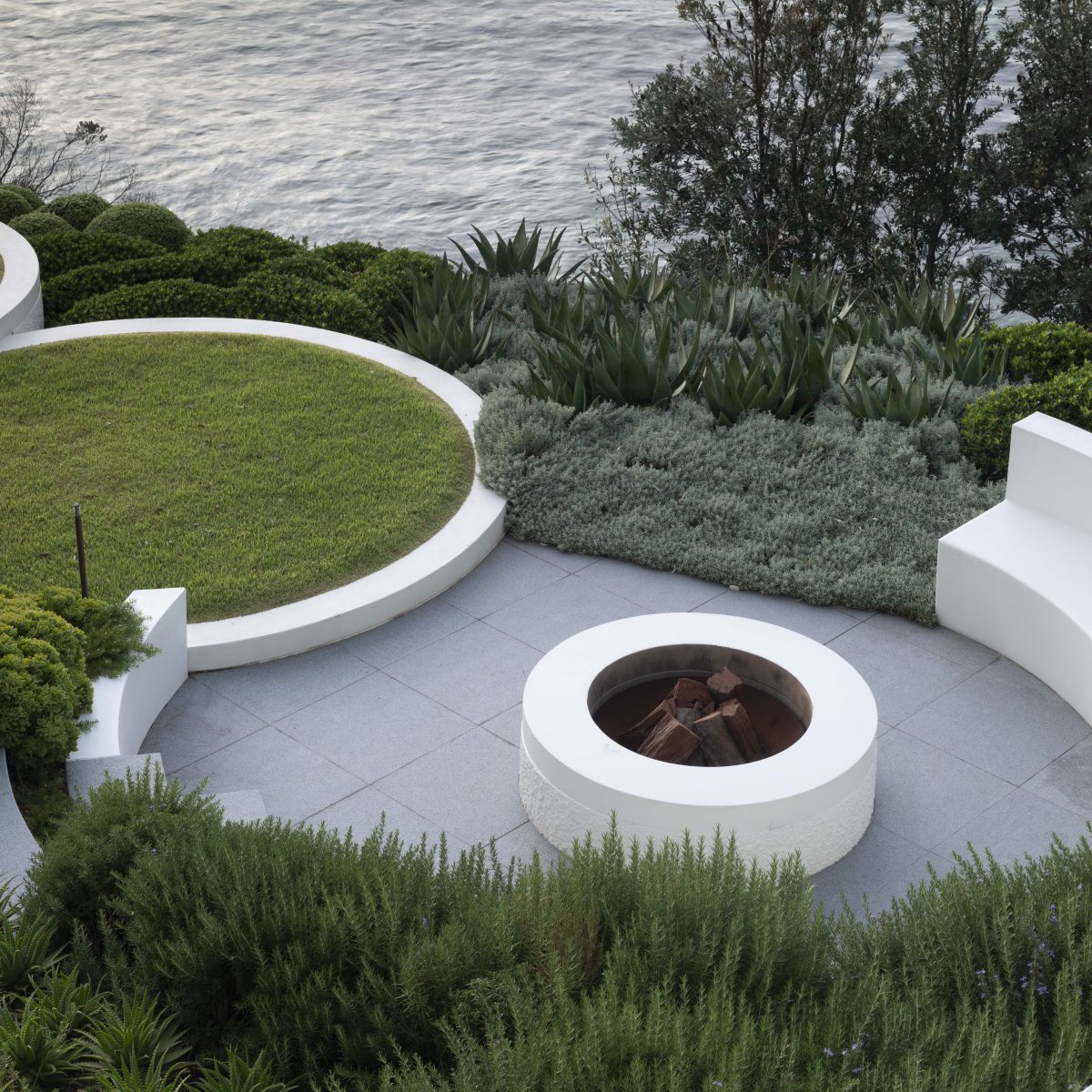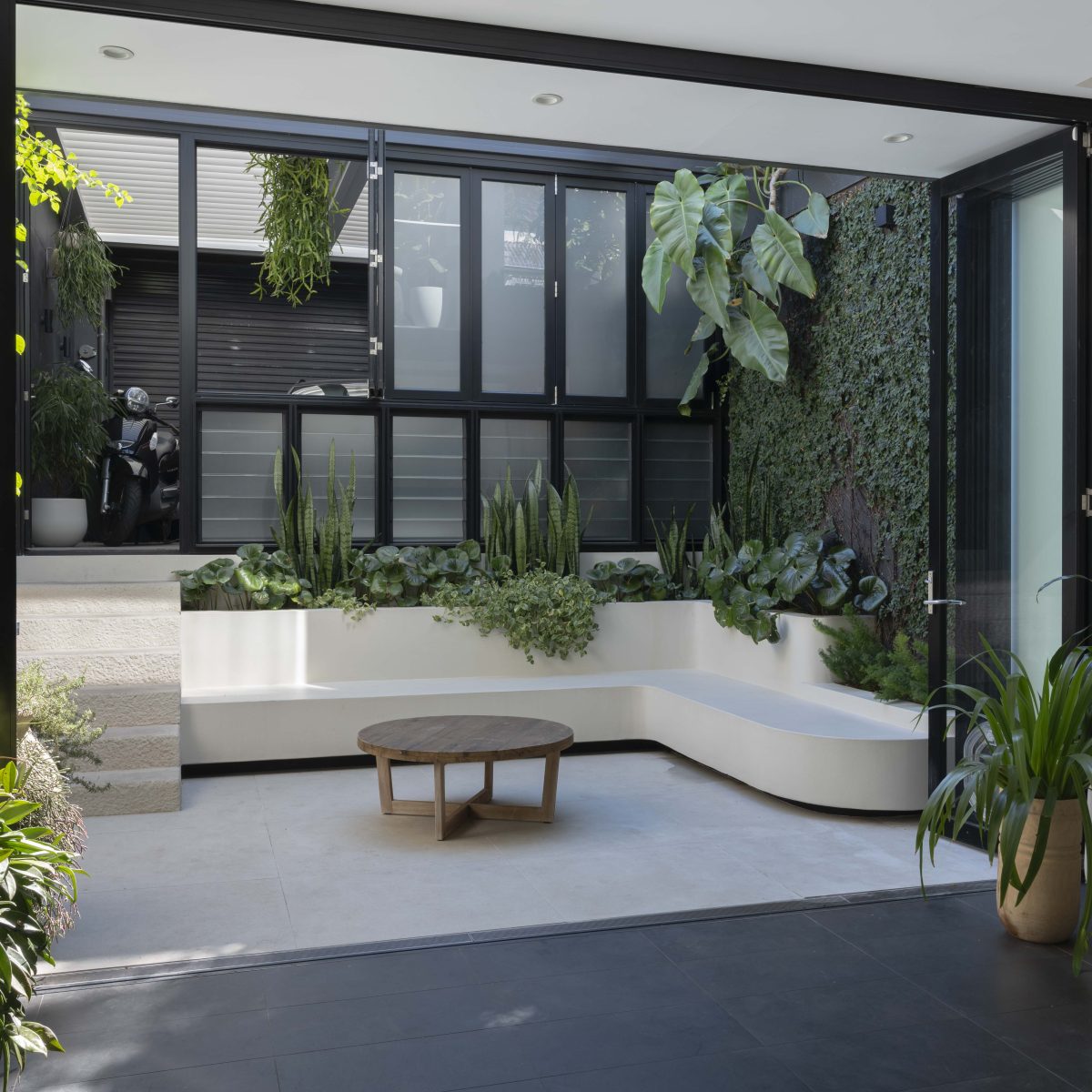Why do we love them?
Moving or still, water brings a sense of tranquility to a space, whether it’s though the gentle burble of a simple bowl fountain, or the glassy mystery of a reflection pool. But they can also bring a sense of fun. Strategic lighting can turn a simple spout of water into a faux flame; still water in a black pool forms a reflective surface to trick the eye; and stepping stones through a body of water can turn a straight journey through a garden into an adventure!
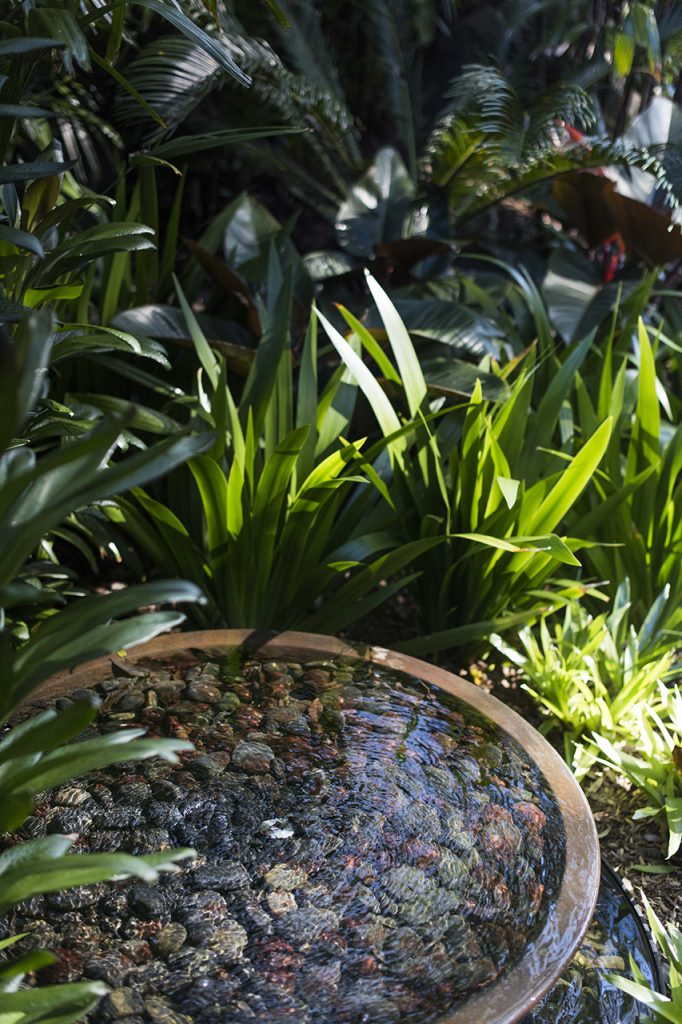
There are so many ways of including a water feature in the garden. It can be a statement piece, located at a destination point in the landscape, or it can be woven more subtly into the fabric of the garden, surrounded by plants so it’s not immediately obvious where it begins and ends.
The sound of moving water is soothing to the senses and brings an added dimension to a garden scheme, from the subtle rush of a water wall to the cheery splash of a tall fountain. This is something that can be tweaked in the design (greater falls produce a louder noise) to achieve the desired acoustic effect.
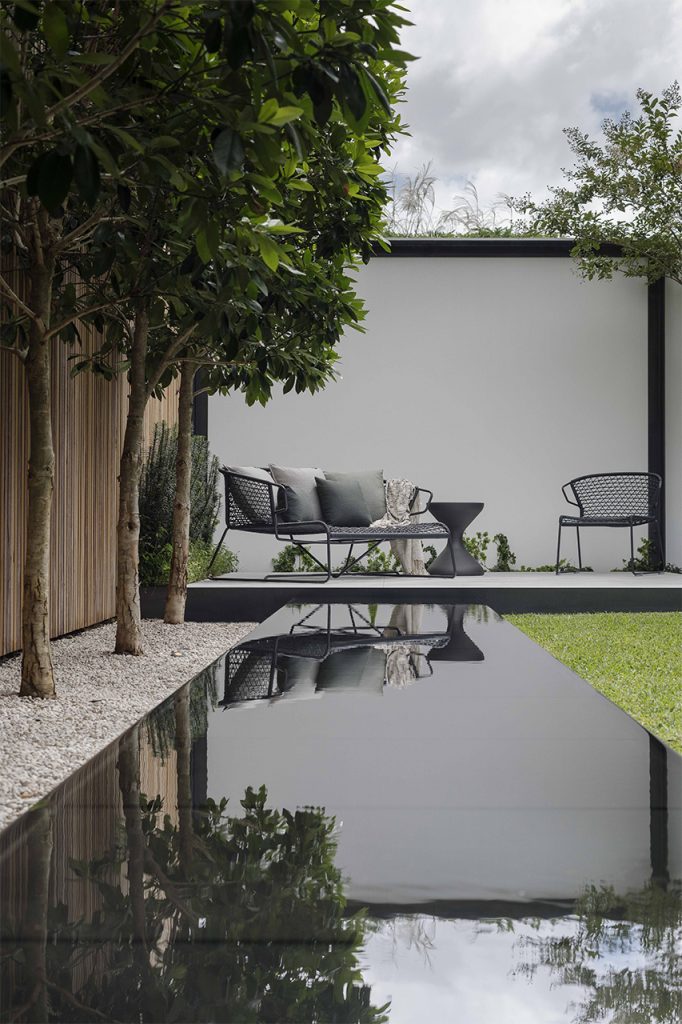
Water features for cooling?
In our hot climate, we also love water features for the sense of freshness they bring. Some architects are using them as a passive cooling device within homes – located beneath a window, they’re said to cool air before it enters the house. But whatever the science, there’s no doubt that being near water makes people feel cooler.
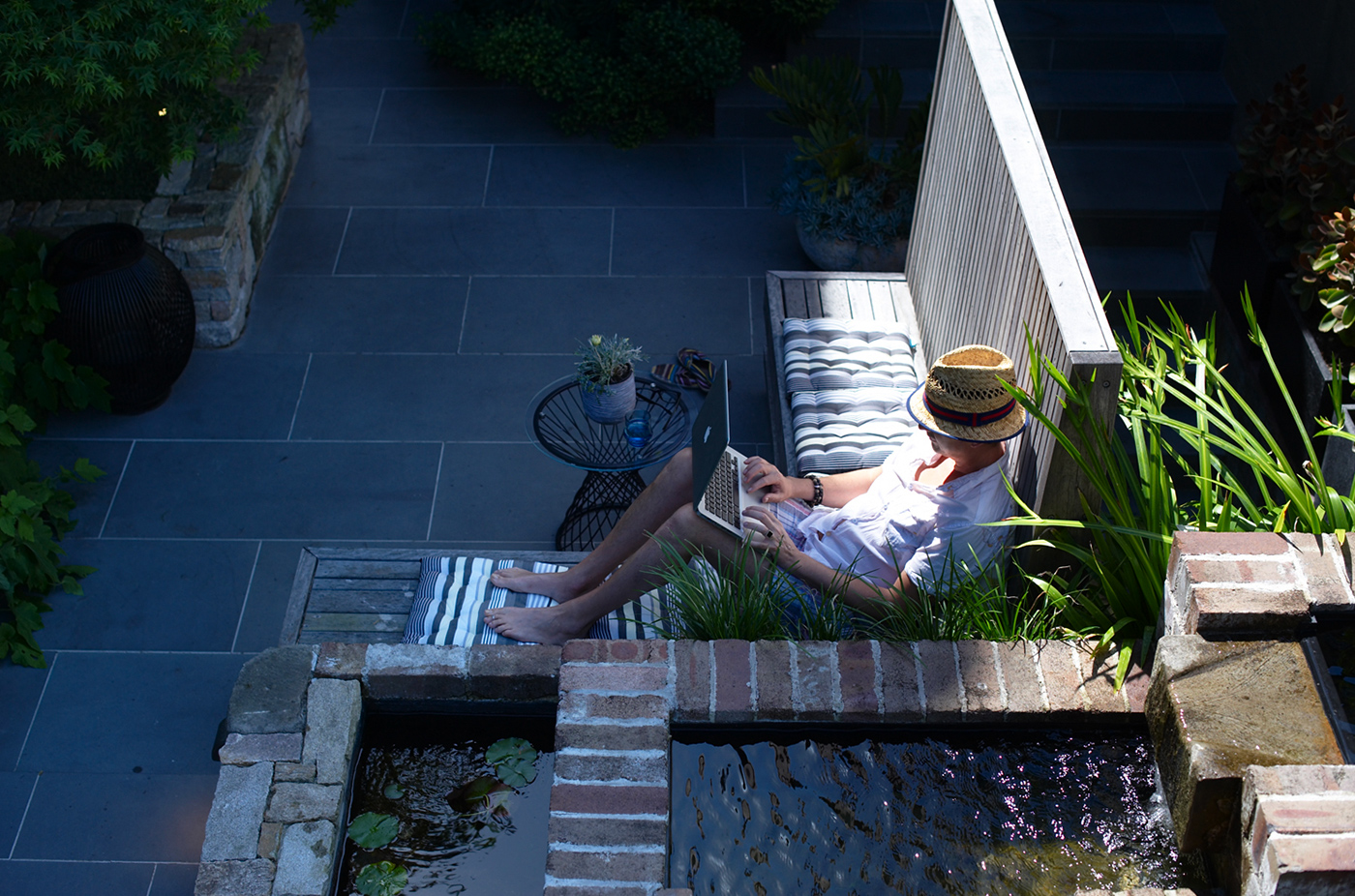
Water features in drought
NSW’s current drought conditions certainly impact on water features; current level two restrictions allow water features to be topped up with greywater or rainwater, but not with drinking water. Anyone installing a new water feature now will want to do so with this and our changing climate in mind. This might mean employing a recirculation system, choosing a shady spot over a sunny one, or possibly choosing a feature with a smaller surface area to reduce evaporation.
